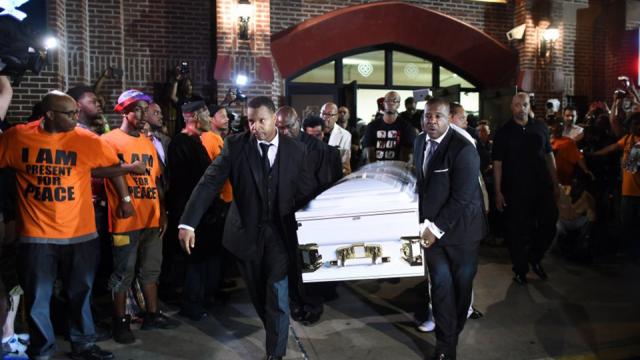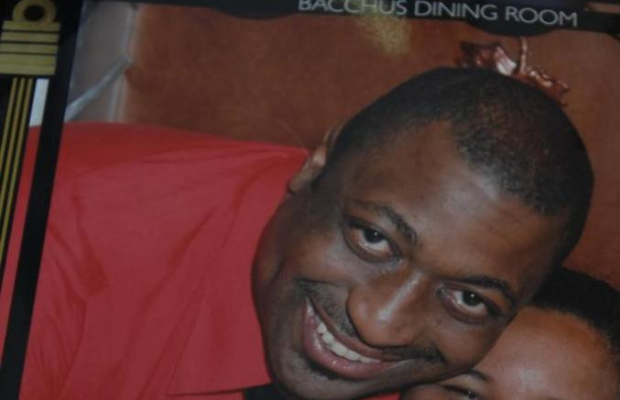
"Why are you hitting yourself? Why are you hitting yourself? Stop hitting yourself!" might as well be the New York Police Department’s response to criticism that New York City residents – namely blacks and Latinos – are being killed on the streets with impunity due to excessive police force.
The most recent and widely publicized example of this is the July 17 killing of Eric Garner, in which NYPD aggression caused a death that was otherwise preventable.
If you haven't yet seen the footage of the fatal chokehold that police placed on Garner – a father of six, whom they accused of illegally selling single cigarettes on the sidewalk – watch it and decide for yourself. The clip, shot on a bystander's cellphone, makes it hard to deny that the officer, Daniel Pantaleo, was using anything other than a chokehold maneuver forbidden from NYPD practice.
Apparently, some people still refuse to acknowledge the truth despite the evidence. Pat Lynch, president of the Patrolmen’s Benevolent Association, asserted that Garner’s death was “tragic” but ultimately the result of a man attempting to resist arrest. He went on to arguein a press conference that Garner’s autopsy was done with political motives and that a chokehold was not in fact used on him.
But once again, one person's revolutionary act of filming has exposed Lynch's and other officials' lies, as there can be no mistaking what occurred during the moments that Garner can be heard repeating, over and over, “I can’t breathe,” while a handful of police accomplices disregard his pleas.
If Garner’s death hadn't been caught on camera, we would only have eyewitness testimony and the public would be forced to choose between that and the police version of what happened. But because it was filmed by 22-year-old Ramsey Orta, the only people now denying the evidence are the NYPD. Anyone with eyes can see the truth for themselves.
However, filming the police in a moment as tragic as this one doesn't come without consequences. Orta was arrested last week andcharged with criminal possession of a weapon. Police claim that Orta – a convicted felon with several cases still pending – planted a gun on a 17-year-old girl. But Orta later told the Staten Island Advance that he was “100% sure” the NYPD set him up in retaliation for his role revealing the video of Garner's death.
Matt Hopard, a 29-year-old activist and independent journalist who was omnipresent as a livestreamer covering the Occupy Wall Street protests in 2011 and 2012, said about filming the police: “As far as the benefits of filming [them], its accountability.”
“My footage has been used to help people beat the charges they were accused of," Hopard said. "Also, in general, it shows people what happened at a demonstration and how the police reacted to that.”
When a person is filming the police, he added, officers tend to tone down their tactics because they know they could be held to account. But there are downsides to filming police violence as well – like that fact that “it contributes to more police hate" among city residents.
"It might sound weird, but at the same time, no problem has been solved by hate," Hopard said. "You can’t fix the problem by hating them.”
Activists, lawyers and civil liberty advocates have been arguing for years that the camera is the best weapon against police brutality. The case of Garner's death is the latest evidence of this.
3 WAYS TO SHOW YOUR SUPPORT
- Log in to post comments













